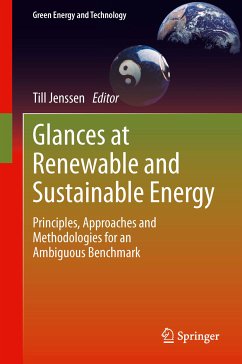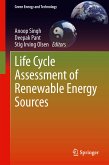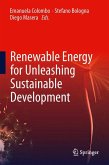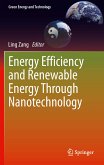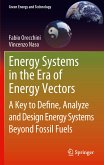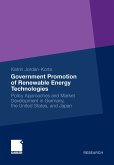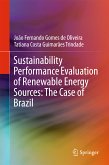Differing interpretations, perspectives and expectations on the term sustainability exist. To take sustainability as an action guiding mandate for implementation it needs to be concrete and measurable as well it should weigh pros and cons. But how can such an integrated measurement in the field of renewable energy be conducted balancing the trade-offs between opposing indicators?
Glances at Renewable and Sustainable Energy provides a thorough overview on the generic principles of sustainability assessment, including projective, thresholding and systemic principles and summarizes five common approaches for a holistic measurement. Approaches such as multi criteria decision analysis, ecological footprint analysis and normative-functional concepts are applied to different case studies in developed-, emerging and developing countries to cover a wide bandwidth of various renewable energy carriers under various conditions. Each case study includes 2 boxes illustrating the scheme behind the approach and exemplary calculations to allow a systematic comparison and a critical reflection of the methods applied.
Compiling results on renewable energy assessment of the last decades, Glances at Renewable and Sustainable Energy gives researchers, students, consultants, politicians and entrepreneurs the tools to advance their oriental and instructional knowledge on sustainability and sustainability measurement, to reflect their decisions and tools for analysis and to transfer this knowledge into problem-solving.
Glances at Renewable and Sustainable Energy provides a thorough overview on the generic principles of sustainability assessment, including projective, thresholding and systemic principles and summarizes five common approaches for a holistic measurement. Approaches such as multi criteria decision analysis, ecological footprint analysis and normative-functional concepts are applied to different case studies in developed-, emerging and developing countries to cover a wide bandwidth of various renewable energy carriers under various conditions. Each case study includes 2 boxes illustrating the scheme behind the approach and exemplary calculations to allow a systematic comparison and a critical reflection of the methods applied.
Compiling results on renewable energy assessment of the last decades, Glances at Renewable and Sustainable Energy gives researchers, students, consultants, politicians and entrepreneurs the tools to advance their oriental and instructional knowledge on sustainability and sustainability measurement, to reflect their decisions and tools for analysis and to transfer this knowledge into problem-solving.
